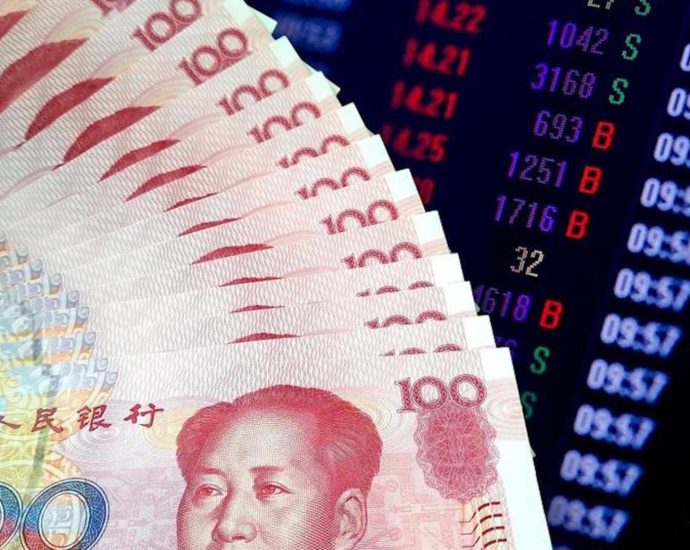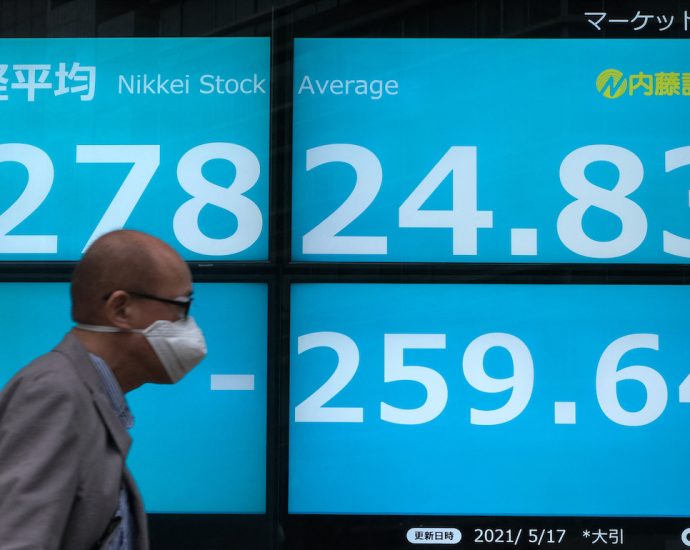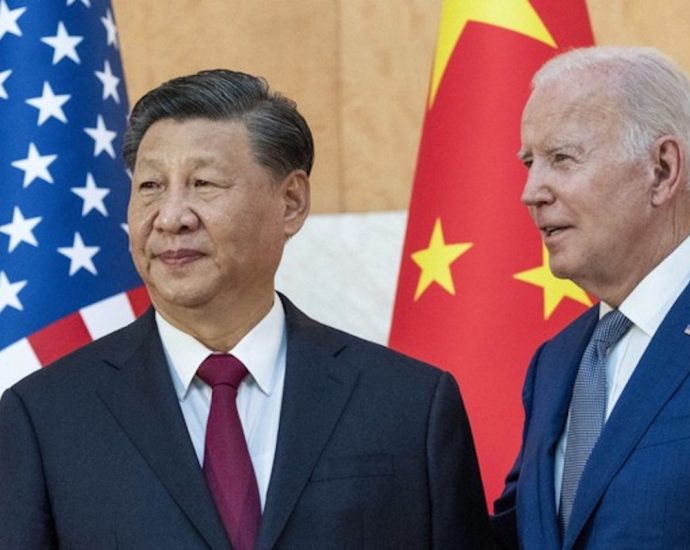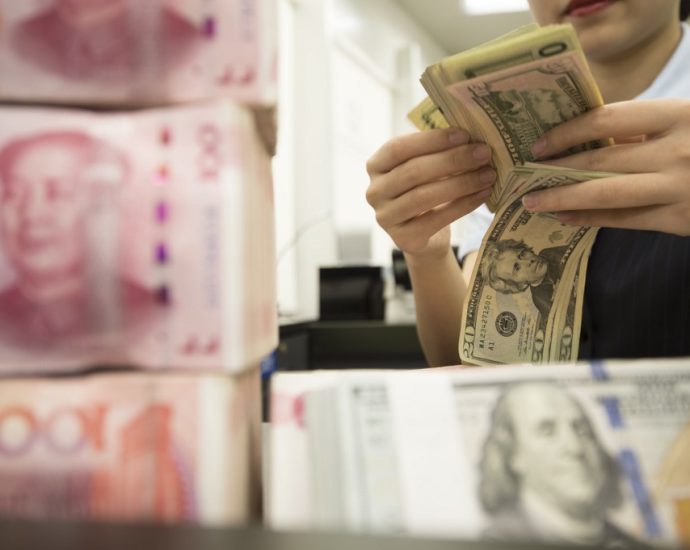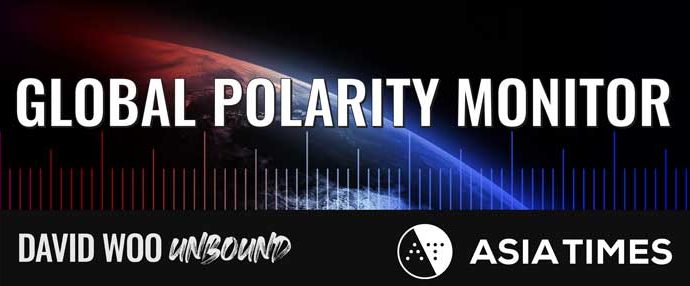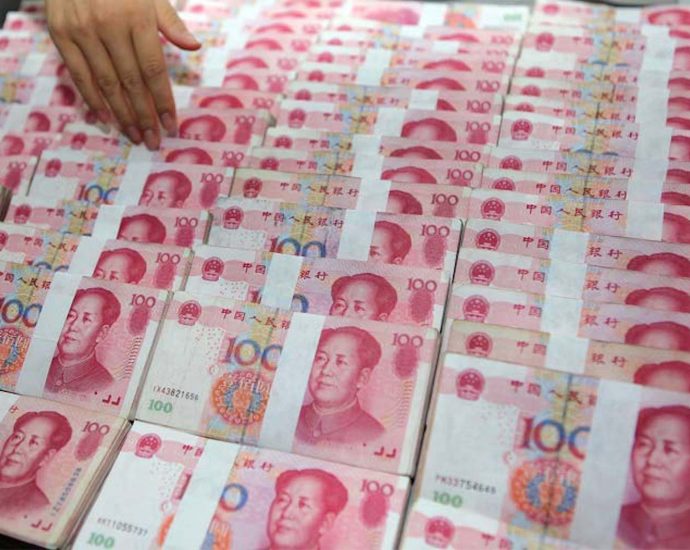CASE issues alert against car rental company after complaints about deposit forfeitures

SINGAPORE: The Consumers Association of Singapore (CASE) on Friday (Jun 9) issued an alert against a car rental company after several consumers lodged complaints that their security deposit had been forfeited over alleged speeding claims and repair fees.
CASE said it had received 23 consumer complaints against Prestige Carz Rental between Jul 1, 2022 and Jun 5, 2023.
“In general, consumers complained that their security deposits, ranging from S$1,000 to S$2,500, paid to Prestige Carz Rental were forfeited,” added CASE.
“Some consumers also disputed claims by Prestige Carz Rental that the vehicles were damaged while under hire and the repair fees that they were asked to pay for the alleged damage.”
The repair fees arose due to alleged damage to the rented vehicles.
However, consumers disputed these claims on the grounds that there were no fines or notices issued by the Traffic Police and the Land Transport Authority.
No other forms of evidence were also provided in relation to the speeding claims made by Prestige Carz Rental, other than the company’s records of Global Positioning System (GPS) trackers installed in the vehicles, according to CASE.
“In some instances, affected consumers disagreed with the claims on the basis that they were not driving the vehicle at the specific location during the time of the alleged speeding,” it said.
“Consumers also claimed that clauses pertaining to the forfeiture of deposits were not highlighted to them before they signed the vehicle rental agreement.”
They also disagreed with Prestige Carz Rental’s justification of the damage and the repair fees, with some of them also reporting that the car rental company had engaged the services of third-party debt collectors to collect the outstanding fees from them.
According to Prestige Carz Rental’s terms and conditions, consumers are required to pay a deposit, which varies from vehicle to vehicle, said CASE.
The deposit will be forfeited by the company in instances such as driving the vehicle outside Singapore, traffic violations and speeding.
The company is also allowed to deduct from the deposit any amount which is owed to them by consumers, and if the deposit is insufficient to cover the amount owed, it will charge the outstanding amount to the consumer, said CASE.
SECURITY DEPOSIT FORFEITED
In one case, a consumer paid S$2,000 (US$1,490) – a rental fee of S$500 and a refundable deposit of S$1,500 – to rent a car from Prestige Carz Rental for four days in August 2022.
But on the third day of the rental, the company repossessed the car and presented the consumer with an internal speeding report, according to CASE.
Based on that report, Prestige Carz Rental claimed that the consumer had violated its policy and forfeited his security deposit of S$1,500.
The consumer disputed that claim as the speed limits for certain roads were “inaccurately reflected” and there were no traffic fines from the Traffic Police.
He also complained that the clause on the forfeiture of the security deposit was not explicitly mentioned to him when he signed the agreement with Prestige Carz Rental, said CASE.
The consumer then sought a refund of the security deposit and two days’ worth of rental due to the repossession of the car but did not succeed in doing so.
CASE said it had engaged Prestige Carz Rental on several occasions to resolve outstanding consumer complaints and review the deposit forfeiture clauses in their terms and conditions.
However, the car rental company has maintained its position on the basis that its insurer does not cover instances where consumers are speeding.
ADVICE FOR CAR RENTAL CUSTOMERS
Consumers who intend to rent vehicles should go through the terms and conditions “thoroughly” before signing any vehicle rental agreement, said CASE.
“In particular, consumers should pay attention to the terms of use, the amount they are liable to pay and the treatment of security deposits in the event of breaches to the terms of use or damage to the vehicle,” it added.
If the terms and conditions are not agreeable, consumers should not proceed with the rental.
Consumers are advised to check for any damage and to take photos of the vehicle’s condition upon collection of rental vehicles. Any pre-existing issues or damage should be immediately highlighted to the vehicle rental company for transparency.
They can also consider patronising CaseTrust-Singapore Vehicle Traders Association accredited motoring businesses as these firms are committed to fair trading, transparency and consumer-friendly policies.
CNA has reached out to CASE and Prestige Carz Rental for more information.


